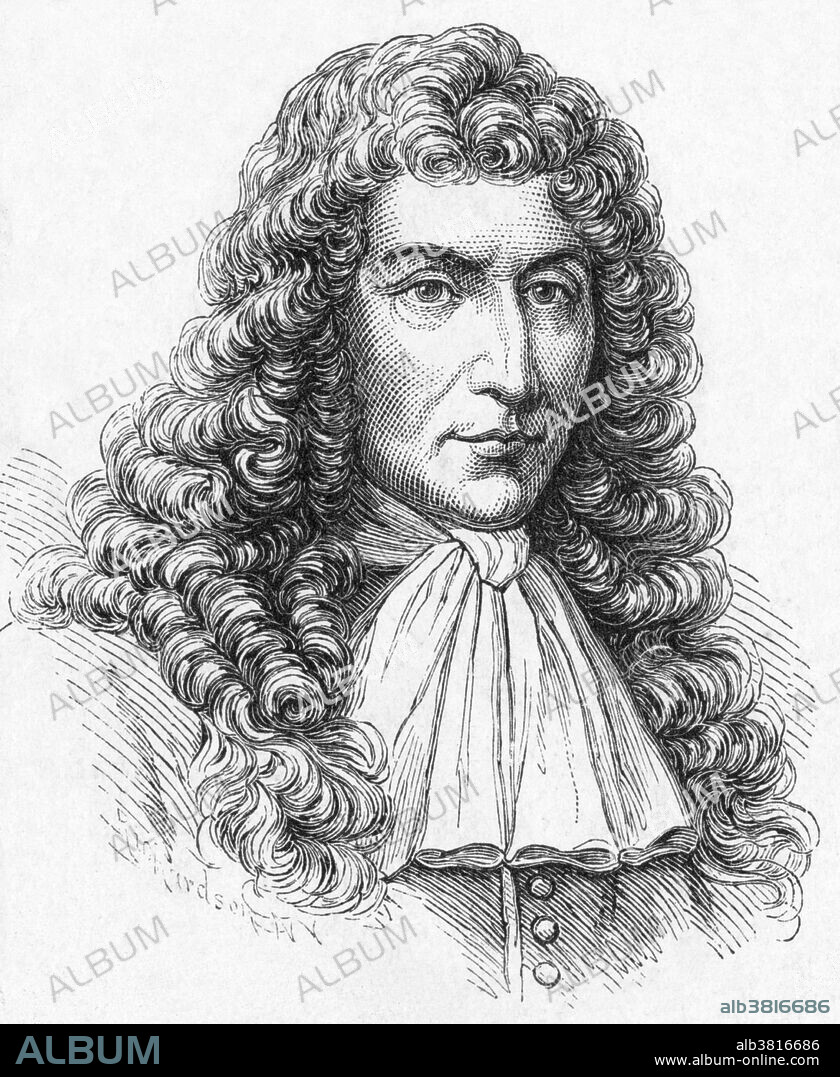alb3816686
Denis Papin, French Inventor

|
Añadir a otro lightbox |
|
Añadir a otro lightbox |



¿Ya tienes cuenta? Iniciar sesión
¿No tienes cuenta? Regístrate
Compra esta imagen.
Selecciona el uso:

Título:
Denis Papin, French Inventor
Descripción:
Ver traducción automática
Denis Papin (August 22, 1647 - 1712) was a French physicist, mathematician and inventor. He worked with Robert Boyle from 1676-79, publishing an account of his work in Continuation of New Experiments (1680). During this period, Papin invented the steam digester, a type of pressure cooker with a safety valve. While in Marburg in 1690, having observed the mechanical power of atmospheric pressure on his digester, he built a model of a piston steam engine. In 1704, he constructed a ship powered by his steam engine, mechanically linked to paddles. This made him the first to construct a steam-powered boat (or vehicle of any kind). In 1705 he developed a second steam engine with the help of Gottfried Leibniz, based on an invention by Thomas Savery, but this used steam pressure rather than atmospheric pressure. He returned to London where several of his papers were put before the Royal Society between 1707-12 without acknowledging or paying him. The last surviving evidence of his whereabouts came in a letter he wrote dated January 23, 1712. At the time he was destitute, and it is believed he died that year and was buried in an unmarked pauper's pit.
Crédito:
Album / Science Source / New York Public Library
Autorizaciones:
Tamaño imagen:
2715 x 3310 px | 25.7 MB
Tamaño impresión:
23.0 x 28.0 cm | 9.1 x 11.0 in (300 dpi)
Palabras clave:
1647 • 1712 • ARTE • BLANCO Y NEGRO • CIENCIA • DIBUJO • EUROPEA • EUROPEAS • EUROPEO • EUROPEOS • FAMOSA • FAMOSO • FAMOSOS • FIGURA • FÍSICO (CIENTIFICO) • FRANCES • GENTE • HISTORIA • HISTORICO • HOMBRE • HOMBRES • ILUSTRACION • IMPORTANTE • INVENTOR • MAQUINA DE VAPOR • MASCULINO • MATEMÁTICO • OBRA DE ARTE • PERSONA • PERSONALIDAD • PERSONALIDADES • PORTRAIT • RETRATO DE HOMBRE • RETRATO • S. XVIII • SIGLO XVII • SIGLO XVIII
 Pinterest
Pinterest Twitter
Twitter Facebook
Facebook Copiar enlace
Copiar enlace Email
Email
